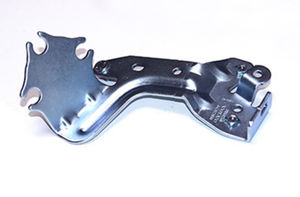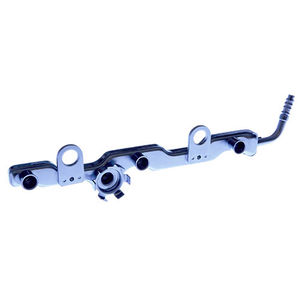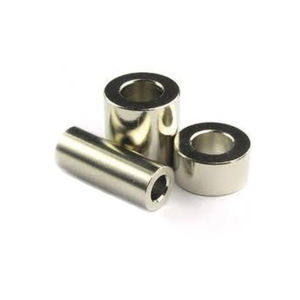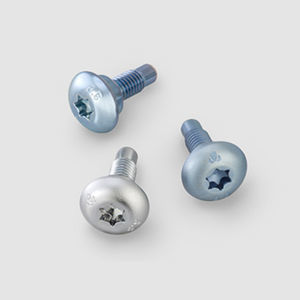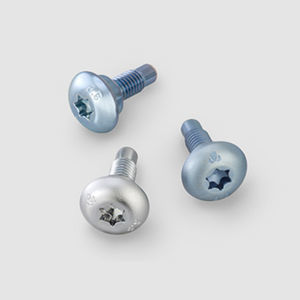
- Industrial machines and equipment
- Surface Treatment
- Zinc phosphating
- GONZALEZ HERMANOS SA
Zinc phosphating steelISO 9001ISO/TS 16949
Add to favorites
Compare this product
Characteristics
- Type
- zinc
- Substrate
- steel
- Certifications
- ISO 9001, ISO/TS 16949
- Applications
- for electronics
Description
The Zinc Phosphating process is a chemical conversion of the surface steel substrate that by means of a weak etchant produces a slight layer of phosphates on the surface
It is applied in a (bass) drum and (static) frame system with average thicknesses of 02 to 8 microns, obtaining an aesthetic aspect that may vary from grey to black.
The whole process is exempt of Cr VI
Its use is required for protection against storage corrosion (with specific anti-corrosive oils), cold deformation, improved resistance to friction and seizure reduction, reduction of noise and vibration, preparation before painting or before the adhesion of rubber, preparation of quality prior to the application of lamellar Zn.
The weight of the coating is usually 10 to 20 g/m² in micro-crystalline layers, where we may control and adjust the roughness of the coating through grain refiners.
The coefficient of friction and torque for the fixing elements may be modified in some occasions in accordance with the International Standards of the automotive industry.
The embrittlement of the coating is minimal and the finish may be dehydrogenated without difficulty.
“The distribution and thickness of the coating is completely uniform throughout the workpiece since it is a chemical finish.
Respects European Directive 2003/EC/53 and RoHS.”
Catalogs
No catalogs are available for this product.
See all of GONZALEZ HERMANOS SA‘s catalogsRelated Searches
- Nickel plating
- Painting
- Electroless nickel plating
- ISO 9001 nickel plating
- Passivation
- Polishing
- Painting on metal
- Zinc-plating
- Metal polishing
- ISO 9001 passivation
- Phosphating
- ISO 9001 phosphating
- ISO 9001 polishing
- Steel nickel plating
- ISO 9001 zinc-plating
- Automotive phosphating
- Chemical etching
- Metal chemical etching
- Steel phosphating
- Automotive polishing
*Prices are pre-tax. They exclude delivery charges and customs duties and do not include additional charges for installation or activation options. Prices are indicative only and may vary by country, with changes to the cost of raw materials and exchange rates.


